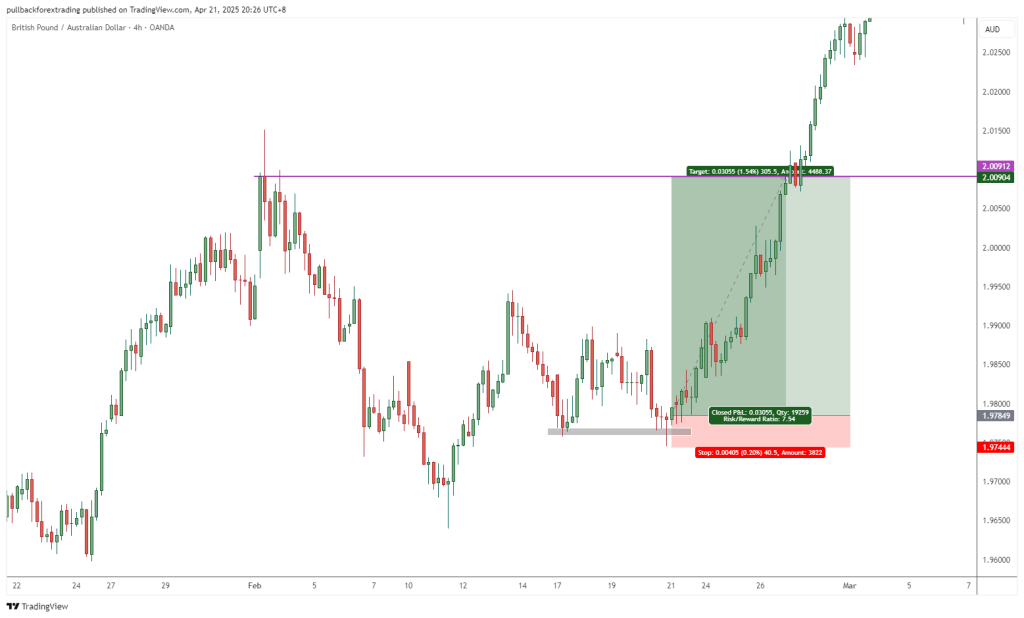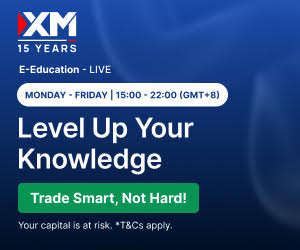
Chart Pattern Trading Without Candlestick Confirmation vs. With Confirmation: Which Is Better for Consistent Forex Entries?
When it comes to trading in the forex market, one of the most effective tools for identifying entry points is the use of chart patterns. These recurring formations such as double bottoms, head and shoulders, flags, or wedges often signal high-probability setups. However, traders are split between two schools of thought:
- Entering trades based purely on the chart pattern breakout
- Waiting for candlestick confirmation before entry
In this article, we’ll dive deep into the pros and cons of chart pattern trading without candlestick confirmation, compare it with entries that use confirmation, and explore how each can fit into your overall trading strategy.
What Is Chart Pattern Trading Without Candlestick Confirmation?
This approach involves entering trades as soon as the chart pattern signals a breakout or completion, without waiting for additional candlestick signals like engulfing candles, pin bars, or rejections.
Key Traits:
- Entry is mechanical and objective
- Stop-loss is placed based on pattern failure points
- Entry often happens earlier than confirmation-based setups
Example: Double Bottom Chart Pattern Entry
Let’s look at a classic double bottom pattern.
Structure:
- Price makes two lows at a similar level (forming a “W” shape)
- A neckline (resistance) forms at the high between the bottoms
- A breakout above the neckline signals a potential bullish move
Pattern-Based Entry:
- Entry: Immediately after price breaks above the neckline
- Stop-Loss: Just below the second bottom
- Take-Profit: 1.5x or 2x risk, or based on measured move of SNR level(can get more than 5-7 ratio)

Example of double top entry:

This method doesn’t wait for bullish or bearish candles. If the breakout occurs during a low-volume candle or inside bar, the trade is still taken based on the pattern structure alone. It also help trader to entry sharp and setting the lowest risk as possible.
Why Some Traders Avoid Candlestick Confirmation
- Faster entry — You don’t miss moves while waiting.
- Better risk-reward ratio — Early entry often gives tighter stop-loss and bigger upside.
- Objective strategy — Less emotional and more systematic.
- Works well with algo/signal-based systems — Candlestick context is harder to code.
Risks of Trading Patterns Without Confirmation
- False breakouts: Some patterns break temporarily and reverse.
- Lack of momentum clues: No confirmation might mean no strength behind the move.
- Requires precise pattern recognition: Misreading a pattern can lead to poor entries.
The Case for Candlestick Confirmation in Pattern Trading
Candlestick confirmation provides extra confluence. You wait for the market to show signs of strength or weakness before entering.
Examples of Confirmation Candles:
- Bullish Engulfing
- Pin Bar / Hammer
- Inside Bar Breakout
- Doji followed by momentum candle
In our double bottom example, this would mean waiting for a bullish engulfing candle at the second bottom, or a strong close above the neckline to confirm the breakout.
Comparison: Pattern-Based Entry vs Candlestick Confirmation:
| Feature | Pattern-Based Entry | Candlestick Confirmation |
|---|---|---|
| Entry Timing | Faster (Pre-confirmation) | Slower (Post-confirmation) |
| Stop-Loss Placement | Based on pattern failure | Slightly wider due to delay |
| Risk-Reward Ratio | Usually higher | Moderate |
| Win Rate | Slightly lower | Usually higher |
| Suitable For | Systematic traders, algos | Discretionary traders |
| Confirmation Required | No | Yes |
SUMMARY
Pros of Chart Pattern-Based Entry Without Candlestick Confirmation:
- Clear Structure for Stop-Loss:
- For example, in a head and shoulders, the stop is placed just beyond the shoulder or head, depending on your aggressiveness.
- The pattern gives a natural invalidation point, making it easy to define your risk.
- Pre-emptive Entry:
- You might enter before the “obvious” breakout, giving better risk-reward ratios.
- It allows you to get in early when the crowd is still waiting for confirmation, which can sometimes be too late.
- Mechanical & Objective:
- Pattern rules can be codified easily. E.g., flag, triangle, double top/bottom — each has defined entries, stops, and targets.
- Faster Execution:
- No need to wait for candles to close — this can be especially helpful for intraday or fast-moving markets.
Cons or Risks to Watch Out For:
- False Patterns (Fakeouts):
- Not every pattern completes. A “bull flag” might break down instead of up.
- Without candlestick confirmation, you’re relying solely on the structure, which can lead to premature entries.
- No Context of Price Action:
- Candlesticks give clues like exhaustion, momentum, or strength (e.g., rejection wicks or engulfing candles).
- Ignoring them might mean missing those extra confidence signals.
- Requires Good Pattern Recognition Skills:
- Many beginners misidentify patterns. A failed pattern might not really be a failure — it might not have been a valid pattern to begin with.
Which Approach Is Better?
There is no universal “best” method. It depends on your trading style, goals, and personality.
- If you want to enter trades early and are comfortable with slightly lower win rates but higher R:R setups, pattern-based trading is ideal.
- If you prefer higher win rates and are okay with slightly delayed entries, candlestick confirmation is safer.
Final Thoughts: Finding Your Edge
Whether you choose to enter based on chart pattern alone or wait for candlestick confirmation, the key is to stay consistent and backtest your strategy. Both approaches can be highly effective when used with proper risk management and clear rules.
Tip: Some traders blend both. They plan entries based on patterns, but only execute if a candle confirms the move within a defined range of bars.
ADMIN
01/05/25



